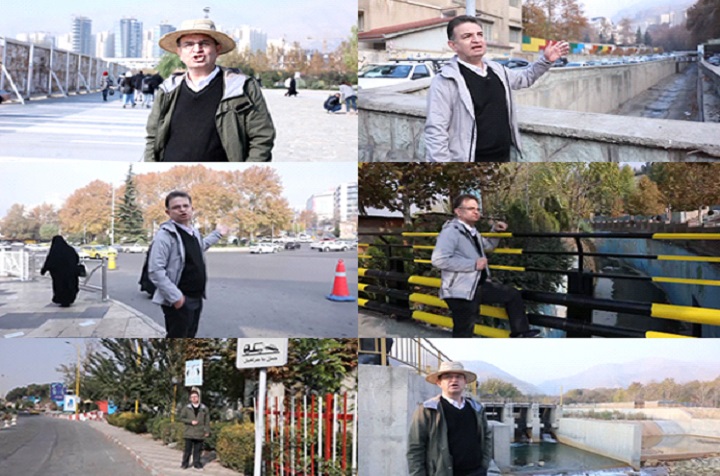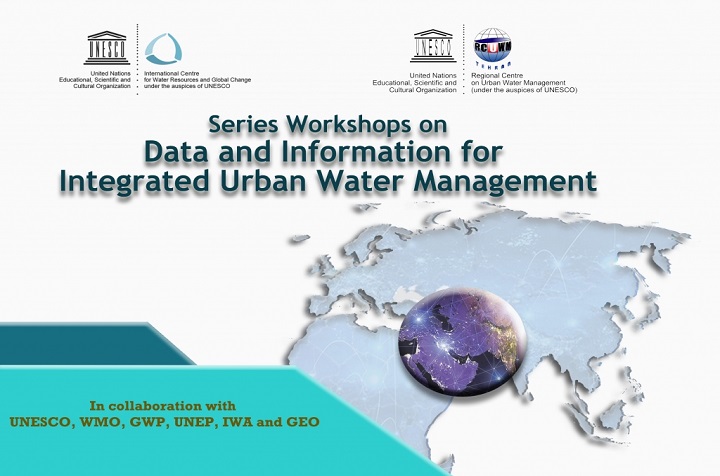Global demand for fresh water is constantly rising as a consequence of population growth and the rise in living standards. Agriculture is not only the world’s largest water user in terms of volume, but is also a relatively low-value, low efficiency, and highly subsidized user. In the years to come the agricultural sector will compete with households and industry for increasingly scarce water resources, and yet is under pressure to produce more food and fibre with less water to satisfy the food needs of a growing world population. The overall future scenario is further aggravated by the impact of climate change.
Rainfed and irrigated agriculture needs to improve its water productivity. To asses accurately crop yield under limited water availability, user-friendly software and simulation models can be valuable tools.
A new crop model, named AquaCrop, has been recently developed by FAO. AquaCrop focuses on simulating the attainable yield in response to water which is the key driver for agricultural production and which becomes increasingly the critical factor limiting crop production. AquaCrop uses a relatively small number of explicit and mostly intuitive parameters and attempts to balance simplicity, accuracy and robustness.
The workshop main objective was to train participants in the practical applications of AquaCrop in order to improve their skills in strategic farm management practices toward increasing crop water productivity in rainfed and irrigated production systems.
ORGANIZING INSTITUTIONS
The workshop was a joint initiative of the Food and Agriculture Organization (FAO), the UN-Water Decade Programme on Capacity Development (UNW-DPC) hosted by the United Nations University and the Ministry of Energy (Division of Water) of the Islamic Republic of Iran.




